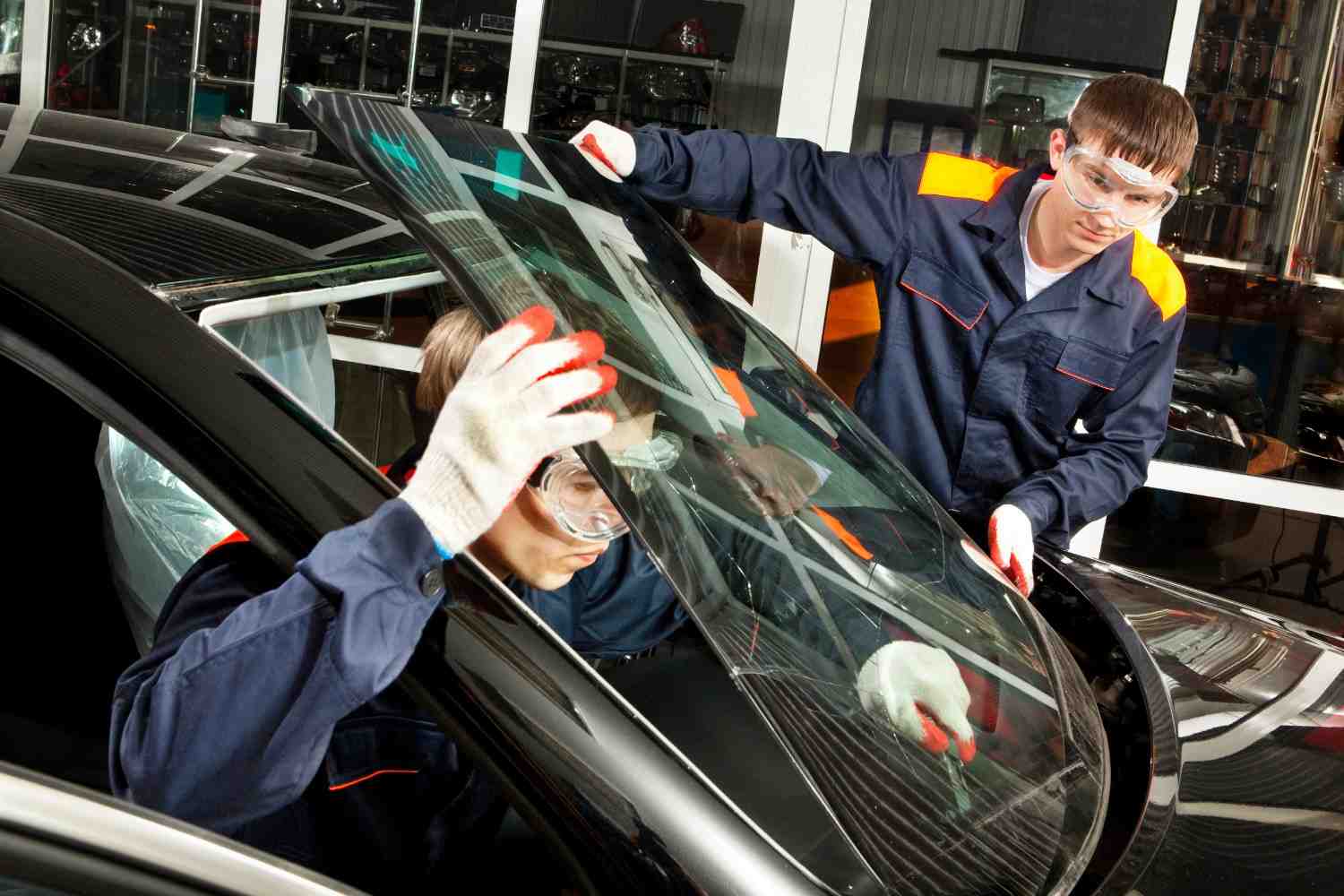
All Over Mobile Auto Glass
Clear Views, Safe Drives - Your Lake Forest Windshield Repair & Replacement Pros!
(949) 482-4265The evolution of auto glass technology has been a game-changer in the automotive industry, significantly elevating safety standards and enhancing the driving experience. Today's vehicles are not just means of transportation; they are sophisticated systems equipped with advanced safety features, many of which are integrated into the very glass that shields passengers from the external environment.
This comprehensive guide will explore the cutting-edge technologies in auto glass, examining how they contribute to vehicle safety, comfort, and overall functionality.
(949) 482-4265Dual Layer Protection
Laminated windshields, a standard in modern vehicles, consist of two layers of glass with a thin layer of polyvinyl butyral (PVB) in between. This structure offers enhanced protection against impacts, ensuring that the glass remains largely intact even under severe stress. In the event of an accident, the PVB layer holds the glass pieces together, greatly reducing the risk of injury from flying shards.
Advanced Features in Laminated Glass
Beyond its basic function, laminated glass now includes features like acoustic damping, UV protection, and even thermal properties to reduce heat transmission. The acoustic laminated glass significantly cuts down on external noise, creating a quieter cabin environment. UV-filtering capabilities protect passengers from harmful ultraviolet rays, while the thermal properties help maintain a consistent internal temperature, adding to the vehicle’s energy efficiency.

Engineered for Safe Breakage
Tempered glass is typically used for side and rear windows. It's processed to be much stronger than regular glass and, importantly, designed to shatter safely. When broken, tempered glass crumbles into small, blunt pieces, significantly reducing the risk of injury compared to traditional glass. To ensure the longevity and effectiveness of these installations, it's crucial to avoid certain post-installation errors.
Manufacturing Process and Benefits
The process of tempering glass involves heating it to a high temperature and then rapidly cooling it. This alters the glass's internal structure, increasing its strength and changing its breakage pattern. The result is a glass that not only provides robust protection against external forces but also ensures minimal injury risk in the event of breakage.
High-Tech Coatings for Comfort
Solar control glass is a testament to the multifunctional capabilities of modern auto glass. Treated with special coatings, these glasses efficiently reflect or absorb the sun's UV and infrared rays. This technology is crucial in protecting passengers from harmful radiation and maintaining a comfortable internal environment.
Impact on Energy Efficiency
By reducing the amount of heat entering the vehicle, solar control glass helps in lowering the reliance on air conditioning, thus improving fuel efficiency and reducing emissions. Additionally, the coatings are often designed to enhance visibility by reducing glare, further contributing to safe driving conditions.
Augmenting Reality for Safety
Heads-up display technology in windshields is a remarkable innovation, projecting critical information, such as speed, navigation, and traffic alerts, directly onto the glass. This technology enables drivers to access essential data without diverting their gaze from the road, thus enhancing focus and reducing the risk of distractions.
Integration with Advanced Driver Assistance Systems
The integration of HUD with advanced driver assistance systems (ADAS) represents a leap forward in vehicle safety technology. Information from systems like lane departure warnings, adaptive cruise control, and collision avoidance systems can be displayed directly in the driver’s line of sight, ensuring immediate and intuitive response to potential hazards.
Shaping the Future of Automotive Design
The advancements in auto glass technology extend beyond safety features. They have opened new avenues in automotive design, allowing for more aerodynamic, visually appealing vehicle shapes. The strength and flexibility of modern glass also contribute to the vehicle's overall structural integrity, improving handling and crash protection. Alongside these advancements, regular maintenance, including knowing when to replace the windshield, is crucial for preserving these benefits.
The safety features in modern auto glass technology represent a remarkable fusion of engineering, design, and safety. From the robust protection offered by laminated windshields to the innovative heads-up displays, each aspect of auto glass technology plays a critical role in safeguarding passengers while enhancing the driving experience. As technology continues to advance, we can expect to see even more sophisticated features integrated into auto glass, further pushing the boundaries of vehicle safety and comfort. The role of skilled auto glass experts in this evolution cannot be overstated.